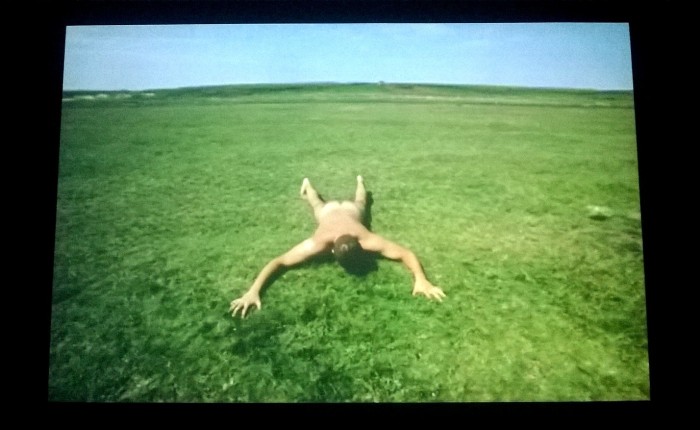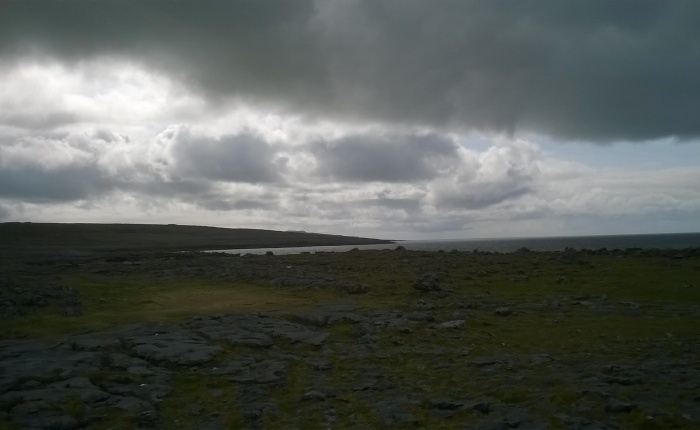“Ludzka naturo, sama-ś swym nieprzyjacielem
I sama sobie szkody wyrządzasz zbyt wiele!”
Owidiusz, Pieśni miłosne, księga III
Upadek cywilizacji często jest dość nagły – to efekt domku z kart – gdy bowiem ich zapotrzebowanie osiągnie granice możliwości zasobów naturalnych, stają się bardzo podatne na wahania przyrody. Najbardziej bezpośrednim zagrożeniem spowodowanym zmianami klimatycznymi jest niestabilność pogody powodująca serię nieurodzajów w tak zwanych światowych spichlerzach. Częstotliwość i nasilenie susz, powodzi, pożarów oraz huraganów rośnie, a powodowane przez nie zanieczyszczenia – w połączeniu z wojnami – nakręcają spiralę destrukcji.
Eksperci medyczni martwią się, że natura może niebawem zaskoczyć nas jakąś epidemią: miliardy tłoczących się naczelnych (wielu z nich chorych, niedożywionych) latają samolotami w tę i z powrotem. To darmowy lunch czekający na zwinnego mikroba. “Matka natura zawsze przychodzi na ratunek społeczeństwu dotkniętemu […] przeludnieniem – stwierdził ironicznie Alfred. W. Crosby – a jej posługi nigdy nie są subtelne”.
Continue reading “Krótka historia postępu, Ronald Wright”






